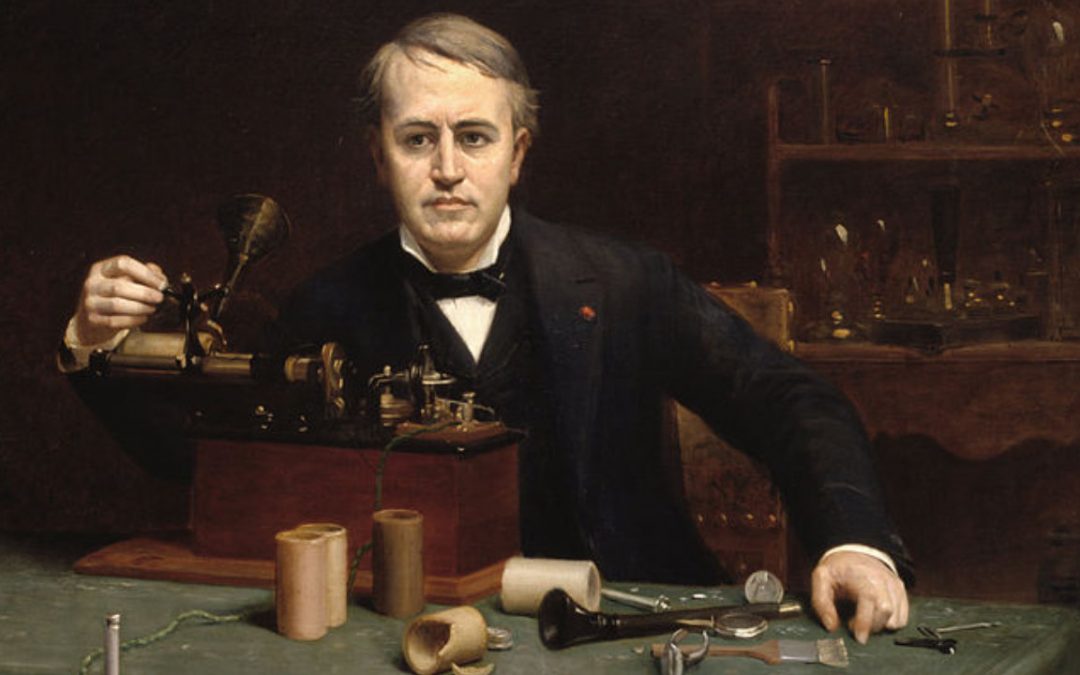Thomas Edison has gone down in history as one of America’s most influential inventors. A self-educated man, he’s known for creating the light bulb and the video camera. His magic touch earned him the nickname “The wizard of menlo park”. He was a beast when it came to the business side of things. This makes him different from other inventors – most of them are clueless! Edison understood that ideas needed protection to block anyone else from taking advantage of his hard work. The best way to go about doing this is to patent your inventions. So he did that… a lot. Thomas Edison was granted a grand total of 2,332 patents. About half of the patents were in America, with others in foreign countries. Clearly, he knew globalization was on it’s way. Some Thomas Edison patents really did change the world – one of which arguable led to Hollywood becoming the world’s premier film production town. This is a list of 10 amazing Thomas Edison patents.

Electrographic Vote-recorder
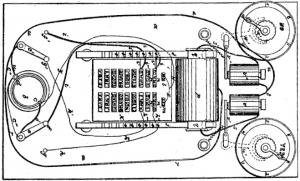
The electrographic vote-recorder was the very first of the many Thomas Edison patents. He was just 22 years old at the time, demonstrating great foresight. This device recorded a yes or no vote input from people to be used at polling stations during elections. I guess this really is a precursor to modern voting machines. Unfortunately, he was unable to convince any political institutions to adopt the machine – so it was a wasted patent. But still, it started him off on the long journey of accumulating patents.

Means For Transmitting Signals Electrically

This patent is for a device which is able to transmit messages over great distances without wires by use of electric signals. He described it as being able to help ships at sea communicate with each other, even in foggy weather. He was granted this patent in 1886, which was groundbreaking at the time.

Vitascope

The Vitascope was a film projector developed in the 1890s by Charles Francis Jenkins and Thomas Armat. Their new machine was able to project about 3 thousand images per minute, giving the effect of a video. At the time this machine was top of the range – but technology was advancing swiftly. The inventors knew their projector would soon be obsolete. So they sold the rights to their machine to a local inventor. The Vitascope soon joined the ranks of Thomas Edison patents. As a gifted businessman, Edison sold the rights to the Vitascope in each different state to individual private investors. This way there was no risk for him – but a lot of risk for the investors. Most investors lost money on the deal as no one really wanted to go and see the Vitascope. But Edison made good money from selling the rights. The man was a business genius.

Phonograph
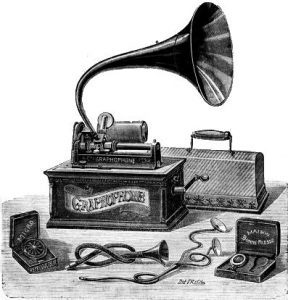
In 1878, an interesting edition was added to the Thomas Edison patents collection. It was the Phonograph, a sound recording and emitting device that would come to be known as the gramophone. Attached to the machine was a large horn to project sound from. Edison had invented this machine just one year earlier, and it really caught on. You might recognize the phonograph from old movies because just like so many of Edison’s creations, it helped shape scientific advancement right through the 20th century. Even today, some modern sound recording devices operate on the same recording principals of Edison’s phonograph from over a century ago.

Concrete Buildings
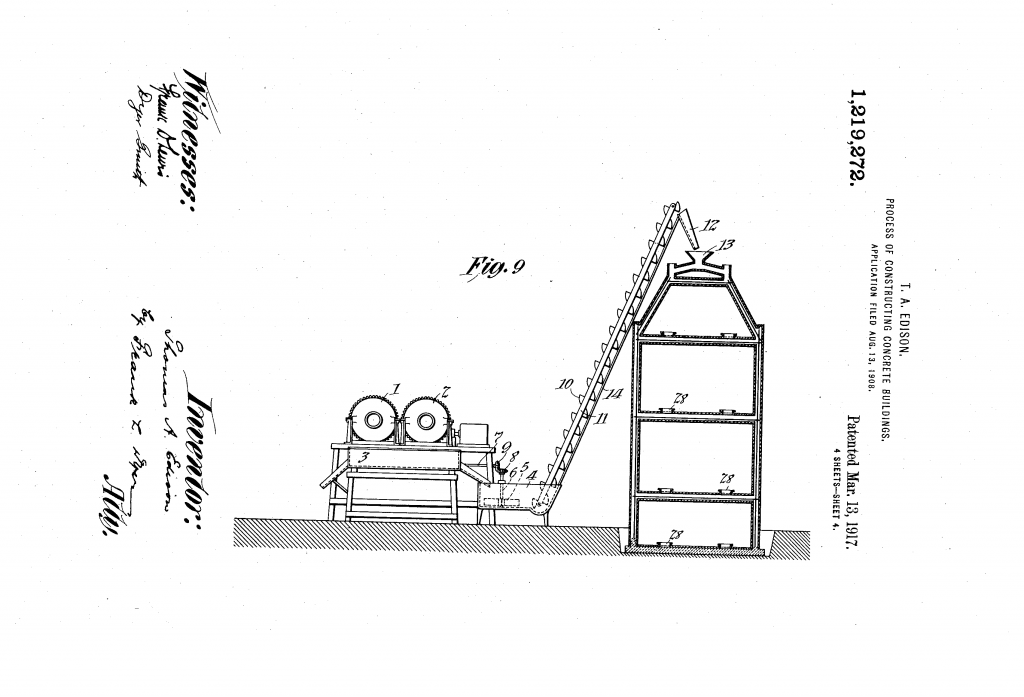
At one point, Edison filed a patent for a specific process for constructing buildings made from concrete. His claim was that a building could be constructed in record time, if done with one single pour of cement into a framework. So all you’d need to do is pour cement into the framework and wait a few hours. After that, your building would be complete. It would be cheap, quick, and efficient. For whatever reason this didn’t catch on. Maybe because most people don’t want to live in concrete houses.

Fluorescent electric lamp
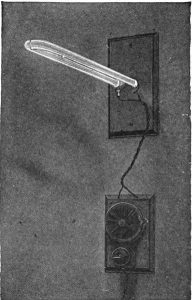
Edison developed a type of fluorescent electric lamp in the late 19th century, as had Tesla and many others. But it was Edison who decided to patent the idea. He was granted his patent for fluorescent electric lamps in 1902, after realizing it’s potential. Remember, it’s not who first comes up with the idea – it’s who gains the ability to protect their exclusive right to that idea that wins. Fluorescent lights aren’t used that much any more but just 10 years ago they were widely used all over the world. The success is due to the lamps requiring little energy while outputting a lot of light. In short, it’s simply an efficient type of lamp.

Tattoo Machine

Could Thomas Edison have invented a machine that gives people tattoos? Well yes he did. Known as “Improvement in stencil-pens” this is one of the most odd Thomas Edison patents as it’s so different to all the others. His stencil pen became what has been adapted into the modern tattoo machine. So thank the legacy of Edison the next time you get a tattoo done. Someone actually stole his idea, ironically. Another man patented the modern tattoo device clearly modeled on Edison’s. The strange thing is that the man didn’t do anything with the patent. He just kept it.

Flying Machine
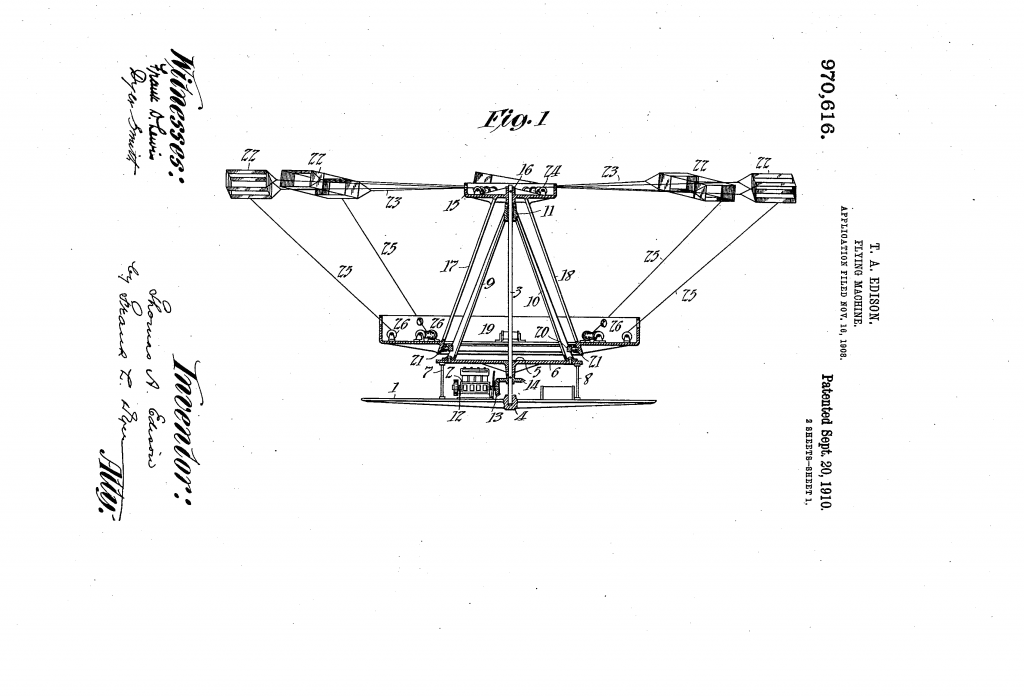
Like most other inventors of his time, Thomas Edison designed his very own flying machine. He missed the boat a bit, filing his patent in 1908. The basic idea behind his machine is that a propeller could move fast enough so that it can lift a machine “heavier than air”. This obviously can’t work and it would have resulted in disaster if ever tried. I don’t believe it ever was tried but you never know. To be fair Thomas Edison isn’t exactly known for his groundbreaking flying machine and out of 2 thousand patents we can’t expect all of them to be good.

Kinetoscope
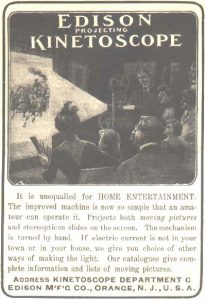
The Kinetoscope was an early motion picture camera created by a Scottish employee of Thomas Edison. As his employer, Edison was able to take advantage of this invention, filing a patent in 1902. This patent changed history. It gave Edison the power to choose who could use the motion camera in the whole Eastern-side of America. Interestingly though, it didn’t cover western states like California. In order to avoid the strict enforcement of the patent, film producers moved at California where Edison’s company had no power over them. This led to a cultural shift – New York lost it’s throne as the capital of America’s film industry – and Hollywood was born. Thomas Edison patents really were strictly enforced so I don’t blame them.

Incandescent Light Bulb

This has to be the most famous of all Thomas Edison patents – it was the first light bulb! Actually, it was the first working light bulb. Dozens of other inventors had already attempted to create the light bulb before Edison. But he was successful where their light bulbs were in efficient. He tried thousand of variations of the bulb before settling on the final version. Concluding his work was a success, he filed a patent for the light bulb in 1879. He patent was granted. But legal action by another inventor led a judge to overturn the patent, deciding Edison had stolen the idea! Luckily for Edison, another judge eventually ruled in his favor and maintained Edison’s patent of the bulb.

